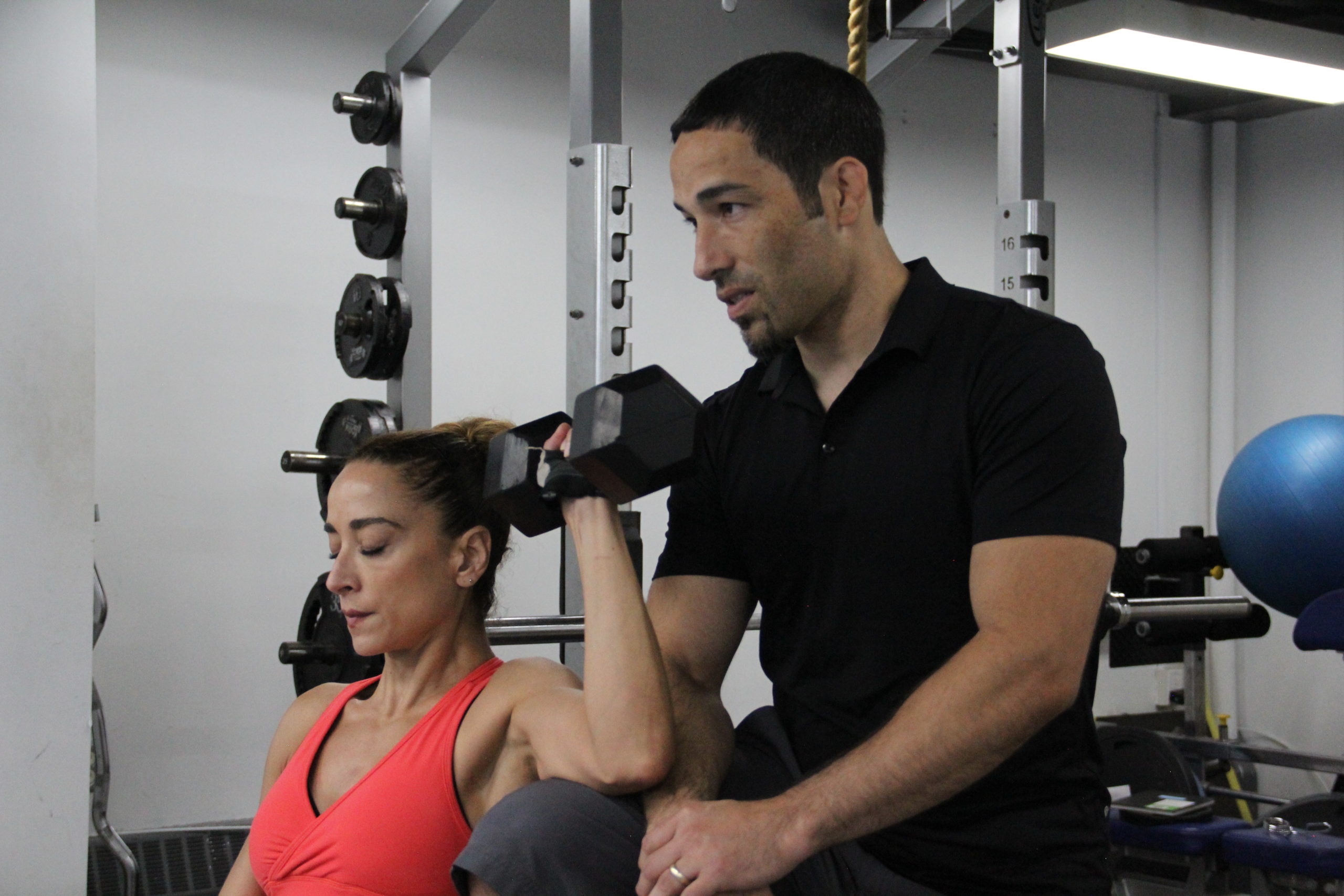6 Revelations About Shoulder Pain
6 Revelations About Shoulder Pain
1. It is Not the Exercises
Benches presses, upright rows and overhead presses are great exercises. They can bring tremendous physical benefits – I often use them to end shoulder pain.
Any activity can potentially lead to injury. Rather than contra-indicating highly effective exercises, onus should be placed on proper programming, technique and regard for muscular balance.
2. Strengthening is the priority
Foam rolling and stretching is only half the battle. Pain occurs when active muscles compensate for weak muscles. Find and strengthen the weak muscles of your shoulder girdle and the extra burden of compensation ends. Sore supraspinatus? Look for a weak muscle with similar functional charateristics and strengthen it. Strengthen the correct synergist and pain greatly reduces or ends within twenty-four hours. Knowing your muscular relationships is injury management gold!
3. Rows do not reverse muscular imbalance issues caused by overdeveloped pecs
To counteract the pull of powerful pectorals you need an exercise which features external rotation, abduction and extension of the humerus. Rows do not feature all these functional characteristics. A more appropriate exercise is the Face Pull. By the way, the lats are not the primary antagonist of pec major (sternal fibres) – posterior deltoid is!
Face-pull Important Notes:
1. Start with the arms fully extended and internally rotated. The scapula should be protracted and tilted forward.
2. Finish with the arms flexed and externally rotated (biceps pointed to ceiling!). Emphasize a scapula that is retracted and tilted to the posterior.
4. Fibres are not necessarily on the same team!
The body must be considered in terms of muscle fibers and not whole muscles. This is necessary as careful assessment will reveal that some fibres within a muscle are tight and should be stretched while others are weak and should be strengthened. The deltoid has at least four functional divisions or “heads”(each paired with its own antagonist and synergist). Infraspinatus has at least two heads. A high degree of precision is necessary when evaluating the shoulder!
5. Posterior deltoid is often a source of pain.
Everyone attributes shoulder pain to the rotator cuff, biceps tendon or impingement. The deltoids, especially rear deltoid, are often overlooked. Pain from an overused rear delt often radiates to the front or top of the shoulder – confusing diagnosticians. Specific stretches and provocative exercises can help identify true sources of shoulder pain.
6. Strengthening the muscles of the rotator cuff can often be more detrimental than beneficial.
Rotator cuff strengthening is the ubiquitous solution for all shoulder pain. However, if your subscapularis, teres minor, infraspinatus or supraspinatus is suffering from overuse, your efforts will result in exacerbation of symptoms. Assessments must determine which muscle fibres are suited for strengthening and which should be stretched or released.


